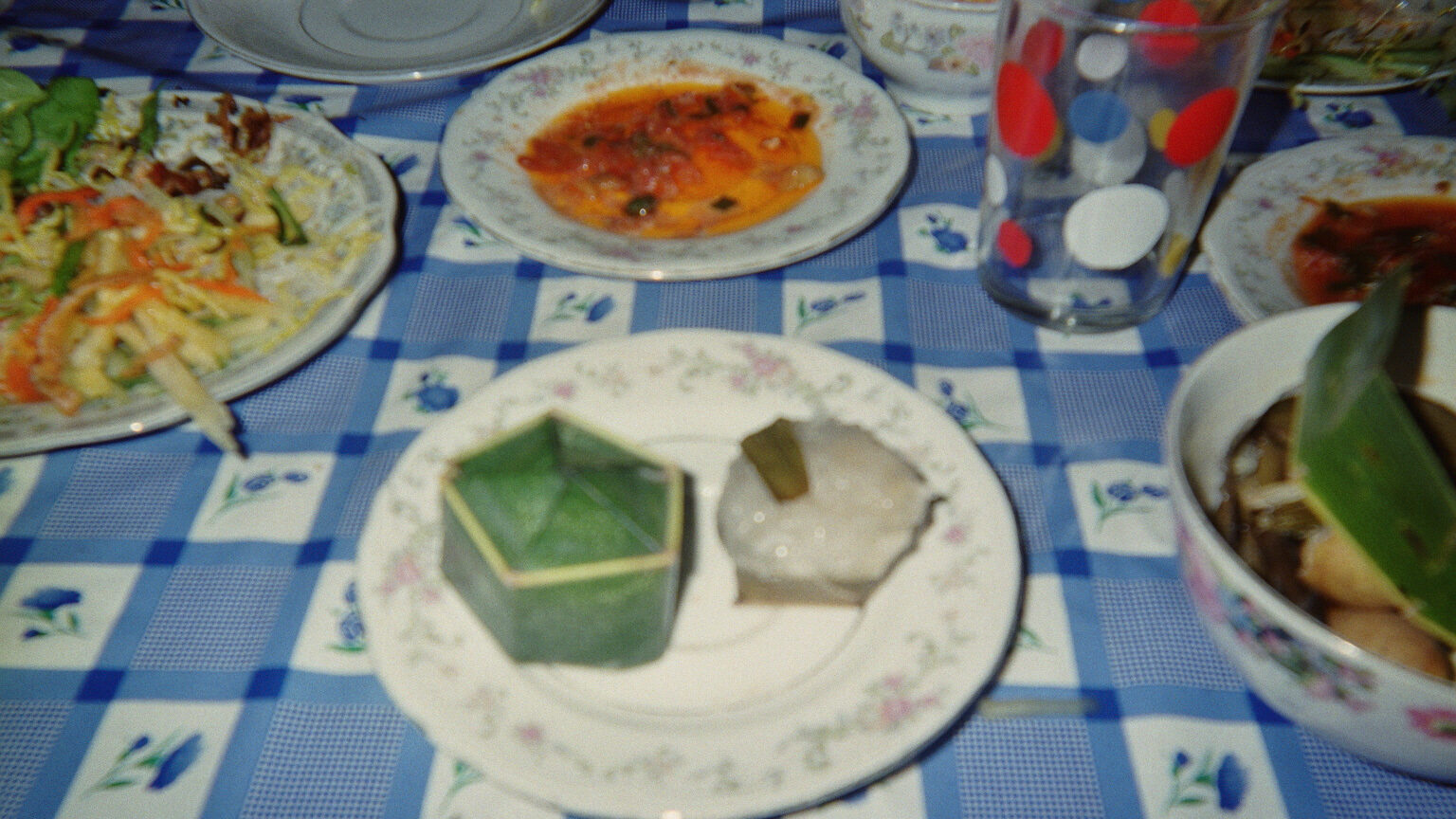My Travel Diaries of
Viet Nam

Summary
Currency: Đồng (VND)
Capital: Hanoi
Drink like a local: Cà Phê Sữa Đá (coffee with condensed milk)
Special facts:
- Vietnam is the second-largest coffee producer in the world, after Brazil. Vietnamese iced coffee (Cà Phê Sữa Đá), served with sweet condensed milk, is particularly famous. I’m a huge fan!
- In Vietnam, there are more motorcycles than cars. In cities like Ho Chi Minh City and Hanoi, motorcycles are the main mode of transport, and crossing a street is a test of courage in the face of a huge swarm of motorcycles moving toward you.
- The Mekong Delta region is famous for its floating markets, where traders sell their goods directly from boats.
- Vietnam is home to the world’s largest cave, the Son Doong Cave. It’s so large that it contains its own jungle and river.
- Vietnamese street food is world-famous. Dishes like pho (noodle soup) and banh mi (Vietnamese sandwich) are popular with locals and tourists alike.
- The unique art form of water puppetry dates back to the 11th century and is performed in pools of water. The puppets are controlled by underwater poles.
Language
The Vietnamese language, known as Tiếng Việt, is the official language of Vietnam and is spoken first by approximately 84 million people. It belongs to the Austroasiatic language family and is closely related to the Mon-Khmer languages. While Chinese characters were initially used, the Latin alphabet, with diacritical marks used to indicate tones, eventually became established. It was developed in the 17th century and has been the official script of Vietnam since 1945.
Vietnamese is a tonal language with six different tones that can change the meaning of a word.
- Hello – Xin chào
- Thank you – Cảm ơn
- Bye bye – Tạm biệt
- How are you? – Bạn có khỏe không?
- Duyên: This word describes a kind of fate or predestination that brings two people together. It has a deeper meaning than the simple word “fate.”.
Currency
The dồng was introduced in 1978 after the reunification of Vietnam. It is divided into 10 hao or 100 xu, although these subunits are rarely in circulation due to their low value. The exchange rate is relatively low. For example, 1 euro is equivalent to approximately 27,636 VND (as of 2025). Due to inflation, coins are rarely in circulation. The smallest banknote is the 500 dong note, which is equivalent to approximately 2 euro cents.
Food
Vietnamese food is known for its fresh ingredients, balanced flavors, and diverse dishes. It is often considered one of the healthiest cuisines in the world due to its use of plenty of fresh herbs and vegetables and low fat.

Vietnamese dishes often include fresh herbs like cilantro (lots of cilantro!), mint, and basil, as well as vegetables like bean sprouts, carrots, and cucumbers. The cuisine is known for its balanced mix of sweet, sour, salty, and spicy flavors. Fish sauce, lime, chili, and sugar are commonly used ingredients. Rice noodles are a common ingredient in Vietnamese dishes, including banh pho (rice noodles), bun (rice vermicelli), and mi quang (wide rice noodles).
My Lesson:
Vietnam, along with Cuba, is one of the few remaining communist countries
Travel Diaries
In 2004, the country was still an insider tip, having just opened up to tourism and issuing simple visas for travelers 30 years after the tragic war. Vietnam and its people suffered incredibly from the war, but it has recovered and is now confidently standing on its own two feet.
Although the country is communist, it presents itself as cosmopolitan and quite capitalist. It shows how incredibly stupid the war was. The people are incredibly friendly to me, and there’s a lot to discover. The nature and culture are fantastic, the food is extremely delicious, and it’s clear to me that this country will soon be full of tourists.

